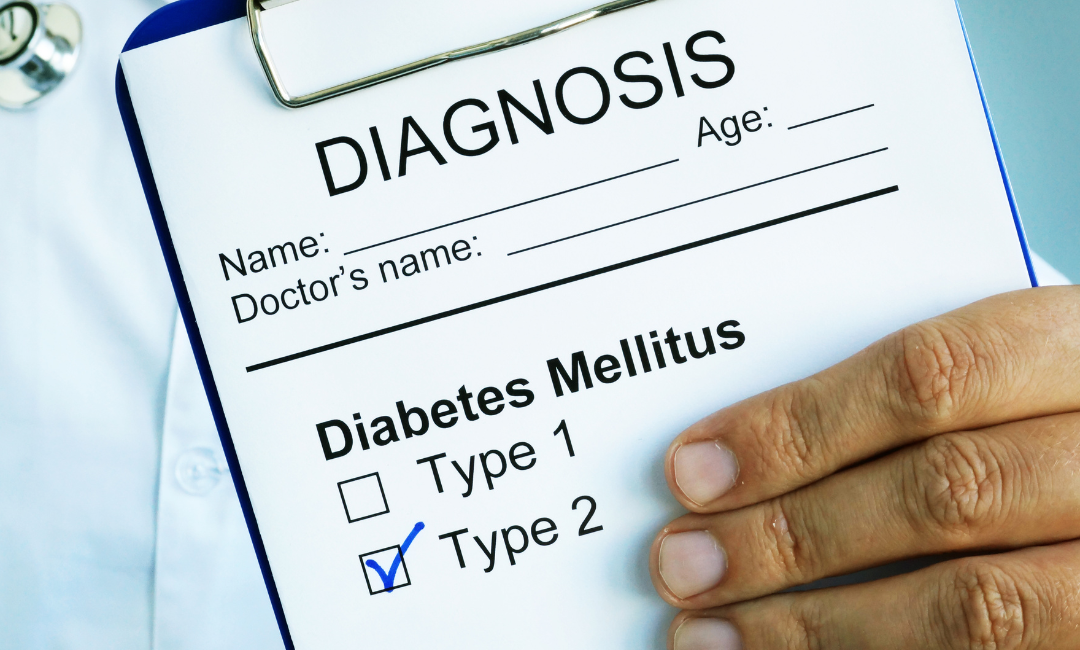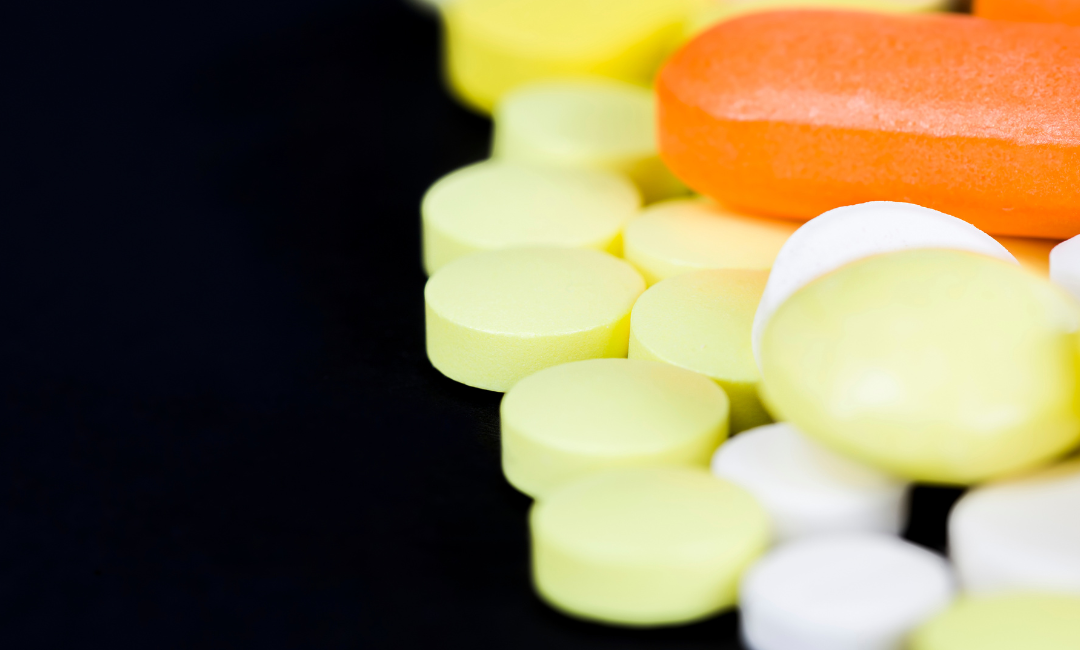What Are H2 Receptor Antagonists?
H2 receptor antagonists or histamine receptor antagonists are also known as antiulcer drugs.
Examples of these drugs are:
- Cimetidine
- Famotidine
- Nizatidine
- Ranitidine
When given food and antacids, the absorption of H2 receptor antagonists is impaired. They are distributed widely throughout the body, metabolized by the liver, and excreted primarily in the urine.
The acid secretion in the stomach depends on the binding of gastrin, acetylcholine, and histamine to receptors on the parietal cells. If the binding of any of these substances are blocked, it results in lower acid production.
As the name indicates, the H2 receptor antagonists bind to the histamine receptors in the stomach and reduce acid production. They are valuable in treating and preventing peptic ulcer disease because they decrease basal acid secretion, and food-stimulated acid secretion.
H2 receptor blockers are indicated in diseases, such as
- Short-term treatment of duodenal ulcer (DU)
- Active benign gastric ulcer (GU)
- Maintenance therapy of DU
- Pathologic hypersecretory conditions e.g., Zollinger-Ellison syndrome
- Gastroesophageal reflux disease (GERD)
- Prevention of upper GI bleeding in critically ill patients









